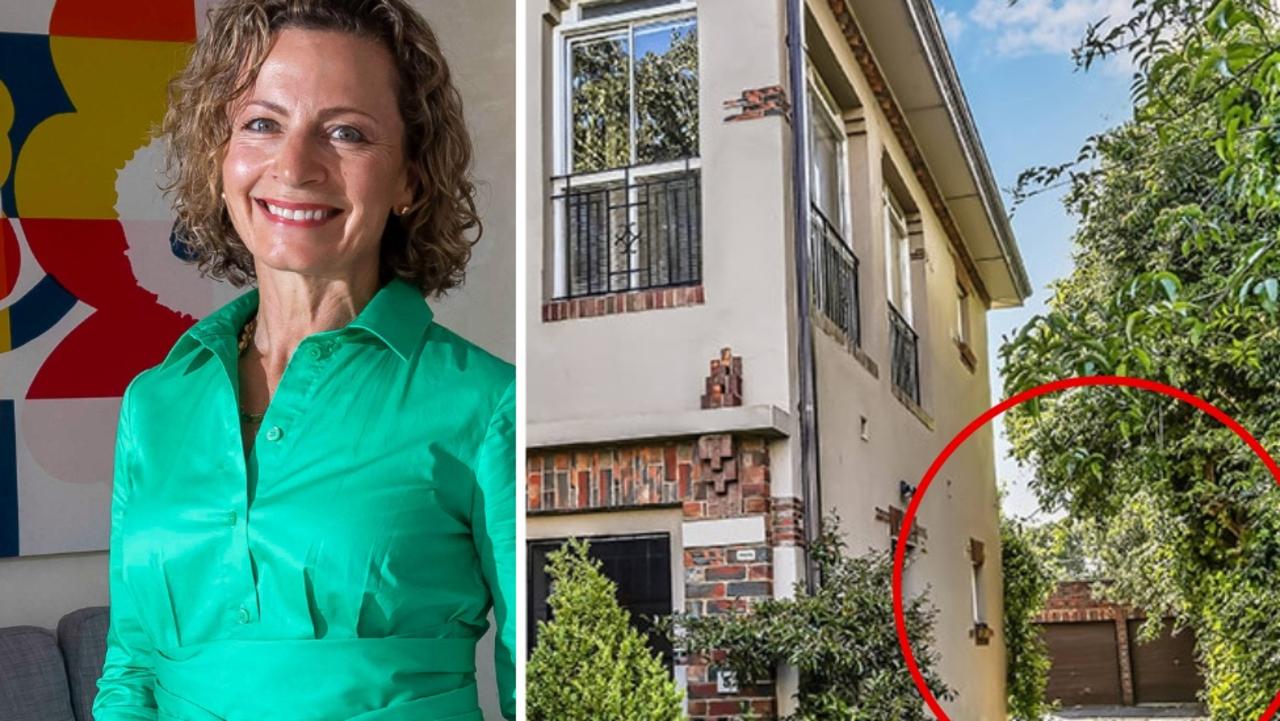Melbourne renting: Sign that relief is on the way as vacancy rate rises, prices slow
Analysis: Melbourne renters have faced significant challenges over the past year, but a recent trend suggests that relief may be on the horizon.
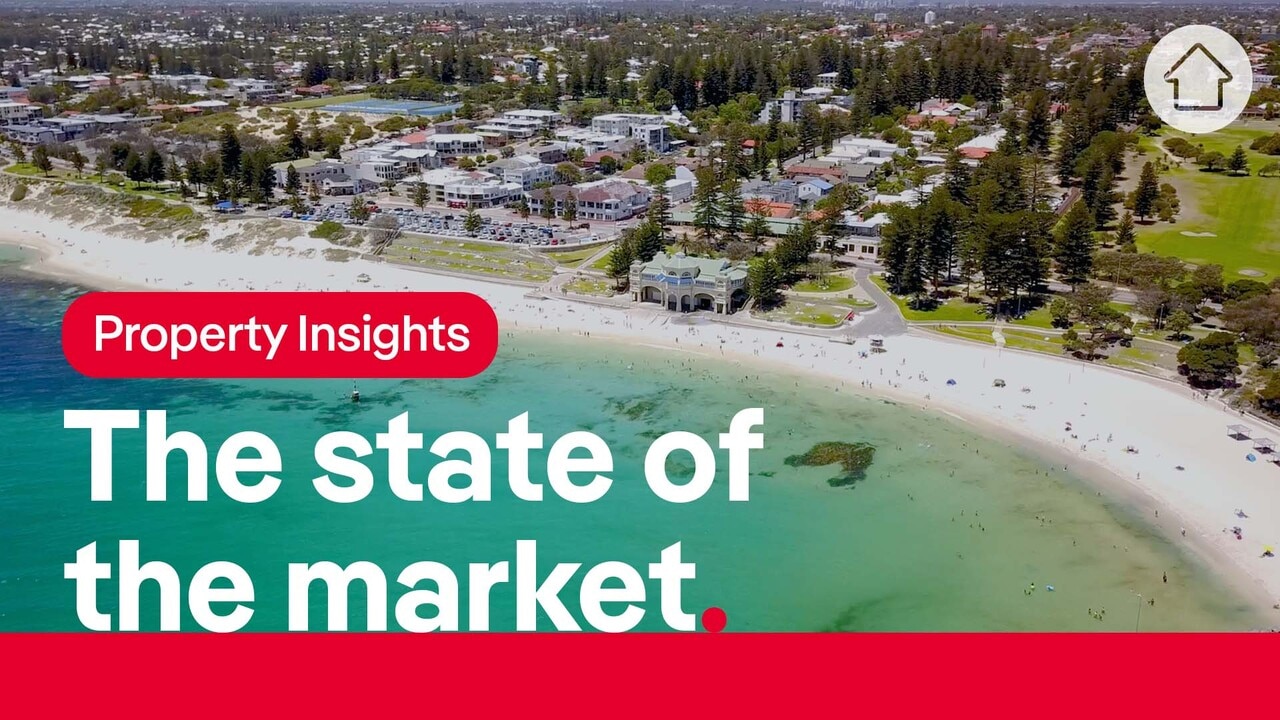
Melbourne renters have faced significant challenges over the past year, but a recent trend suggests that relief may be on the horizon.
Even though median rents were up 6 per cent year-on-year in November, there are signs that things are improving.
Melbourne rents have been on an upward trajectory since March 2021, peaking in December 2023.
RELATED: Melb rents labelled ‘critically unaffordable’, pushing tenants away from city
‘Financial trap’: Melb suburbs highlighted as areas to avoid
Town divided over The Block’s arrival for 2025 season
During this period, rents increased by 39 per cent, translating to a dollar increase of $155 per week.
However, since the peak, although weekly rents continue to grow, the rate of increase has been decreasing every month.
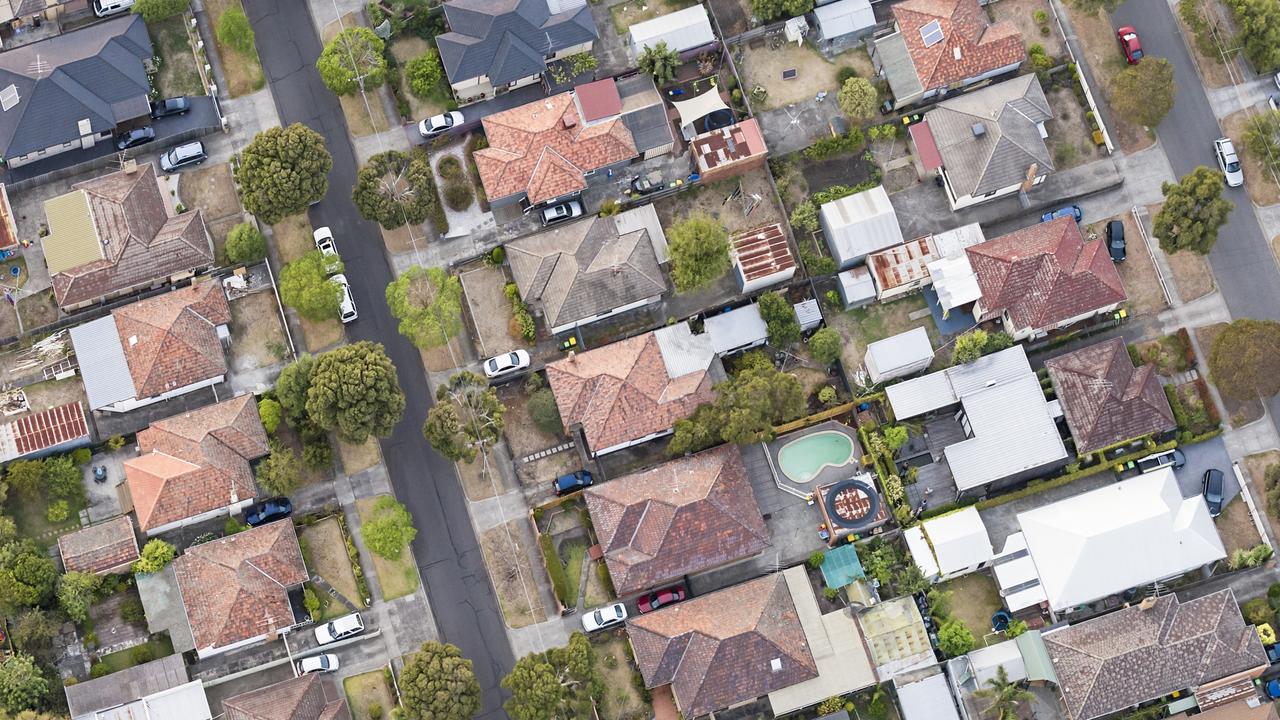
The median weekly rent in Melbourne has only increased by 4 per cent since the peak in December 2023.
This indicates that in 2024, rental growth has notably slowed down, providing hope for renters facing high costs.
Meanwhile, rental vacancy is also showing signs of improvement as the volume of properties available to renters has grown.
In Melbourne, the vacancy rate is now at 1.9 per cent, a 60 per cent increase over the past year. Remarkably, in the past month alone, the rate has jumped by 31 per cent.
RELATED: Where you can still find an affordable rental close to Melbourne CBD
Several factors are contributing to these improving vacancy rates.
More investors have entered the market, increasing the number of properties listed for sale. In the past 12 months the number of investors taking out home loans in Victoria has increased by 5 per cent.
Additionally, in the recent Realestate.com.au Property Seeker Survey, most first-home buyers claimed that they were buying a house in order to stop renting.
These factors collectively boost property stock while reducing demand.
Specific areas in Melbourne have seen the largest increases in vacancy rates.
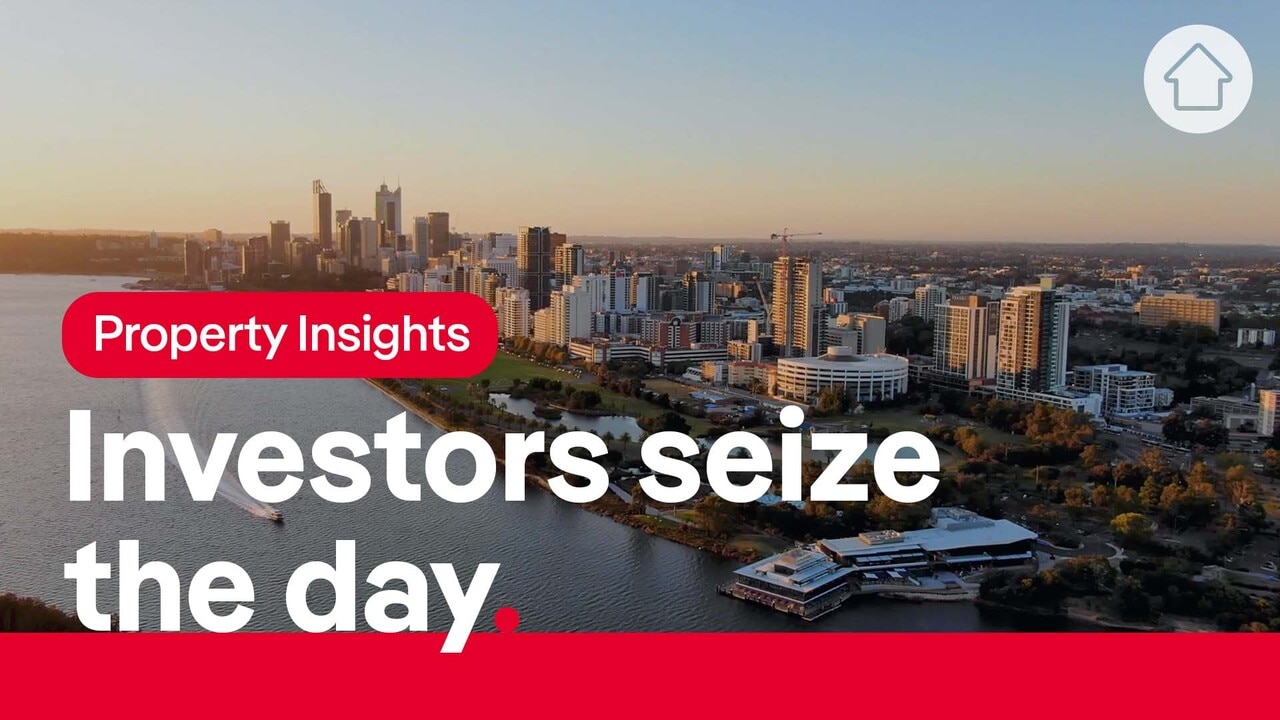
West Melbourne and South East Melbourne have experienced year-on-year increases of 87 per cent and 77 per cent, respectively, and Melbourne’s Inner South has also seen a 60 per cent increase.
Melbourne houses have witnessed a more significant increase in vacancy rates compared to units, with a 65 per cent growth for houses versus 55 per cent for units.
Melbourne’s West and Melbourne’s South East lead the charge, showing increases of 91 per cent and 81 per cent, respectively, for houses.
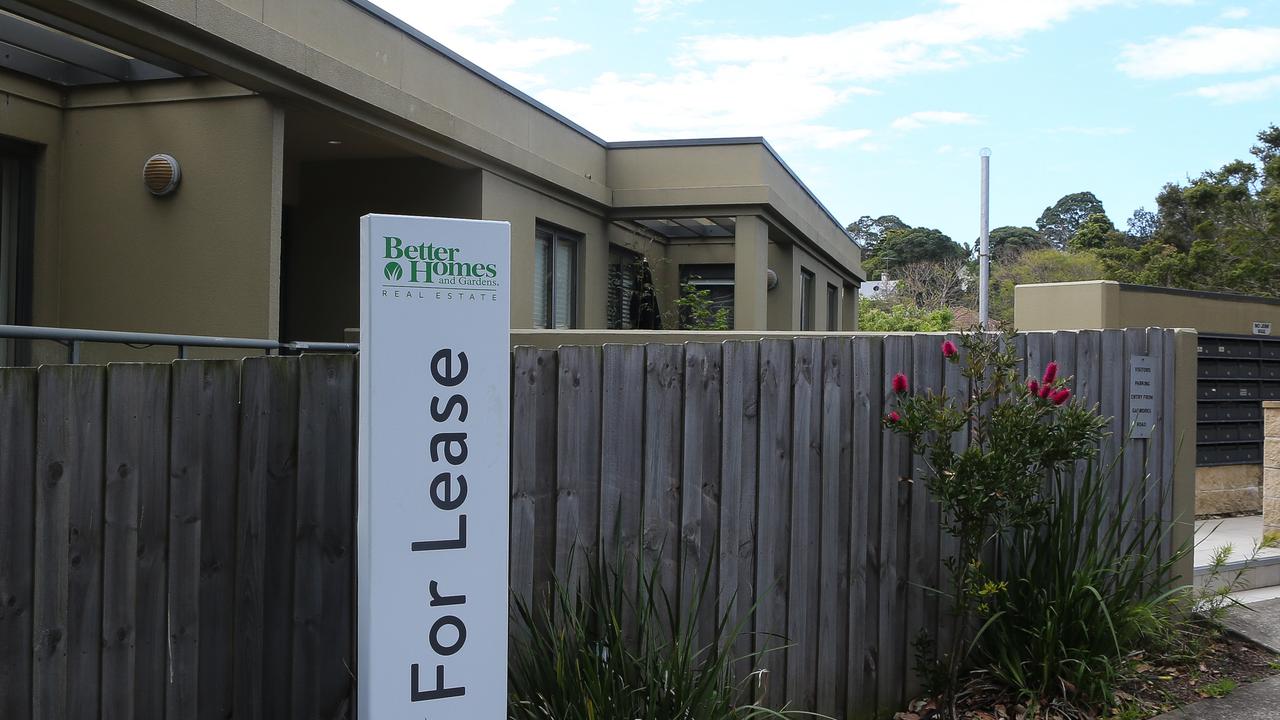
The largest increases in vacancy rates for units were observed in Melbourne’s Inner South and Melbourne’s South East, rising by 75% and 67%, respectively.
These improving vacancy rates and slowing rent increases suggest that the Melbourne rental crisis is indeed easing, offering a glimmer of hope for renters in the city.
— Karen Dellow is a senior analyst at PropTrack
Sign up to the Herald Sun Weekly Real Estate Update. Click here to get the latest Victorian property market news delivered direct to your inbox.
MORE: How much RBA’s grinch move will really cost you
Portelli slammed: Block is dud investment
Marketing mogul puts $8.8m ‘street secret’ oasis up for sale
Originally published as Melbourne renting: Sign that relief is on the way as vacancy rate rises, prices slow

